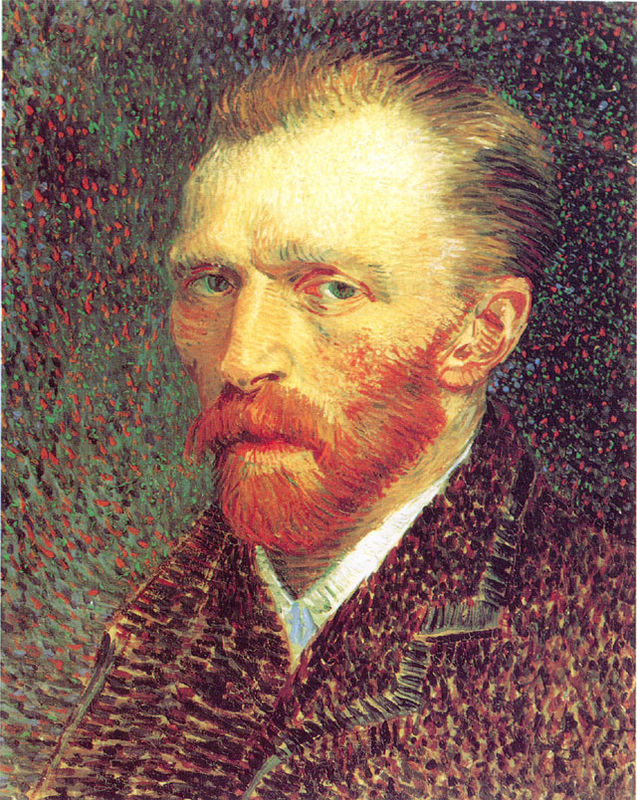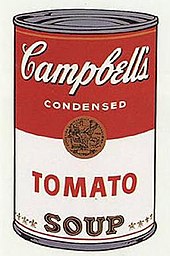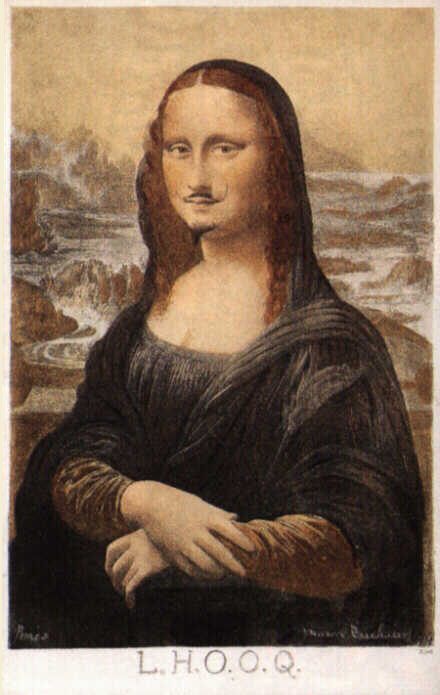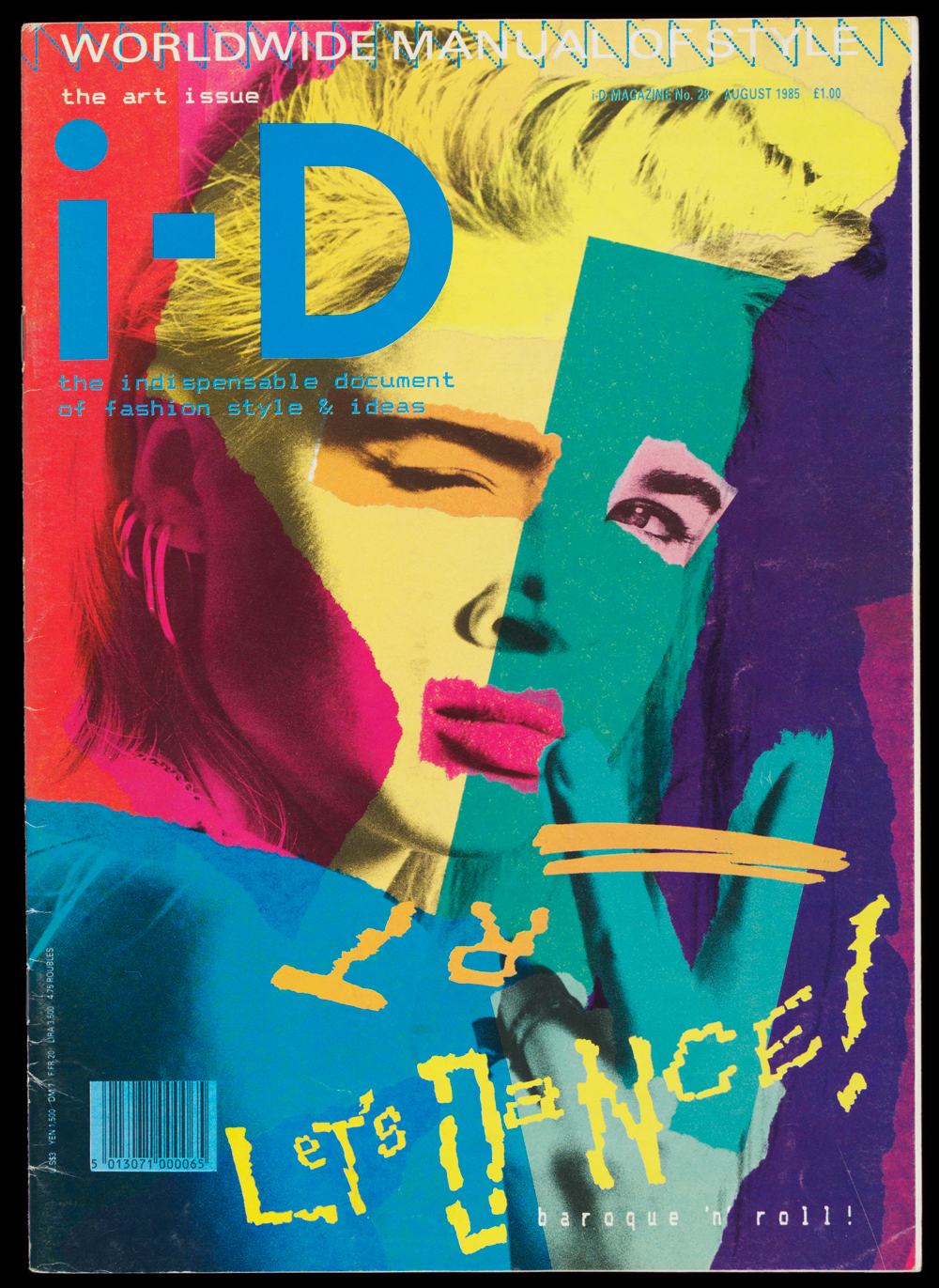Japonisme Cabinet

Japonisme influenced
the French, there is a highly important Japonisme ormolu, which was painted
bronze, cloisonné enamel, silvered, gilt and copper galvanoplastie – mounted polissander
and ebony encoignure cabinet-on-stand, which was done by the artists Christofle
& Cie. The piece of furniture was put in Paris. On description of the
cabinet, there is a three quarter faux-bambou superstructure, which is found in
the top part, this part is holding up a shelf, but not touching, the two
dragons that are climbing and joining are another two dragons to the angles,
also there is the convex found cabinet
which has frieze drawers in it, which on it it has a butterfly which is pulled
over a framed cloisonné panel, in which it is depicting another butterfly and
blossoming branches, this happening in opposition of a latticework ground,
these are guarding each other by a more distant drawer, also there is a square
in front which was put with a Fro dog mask and ring handle in opposition of an enameled
ground, then, not touching, there is a door which in the middle it has a relief
shaped panel which is showing a geisha wolf under a blossom and a bamboo and
with vessels to the scene, this furniture has foliated hinges and looks, in
which it is personally designed with a reverse and interior fitting with two
shelves, there is also side panels which in the middle part there is framed
cherry blossom branches, a Japanese type of flower, which is put in opposition
to a latticework ground, which also has panelled sides, the base part has
foliated-etched mount, the stand has a stiff-leaf frieze, in opposition there
is a fretwork done in styled foliage, the legs are of leaf-form feet, which the
under-piece looks like paper.
References:
- Art Nouveau and Japonisme of Naturalistic Spoon. 2013. Art Nouveau and Japonisme of Naturalistic Spoon. [ONLINE] Available at: http://naturalisticspoon.com/Art_Nouveau_Japonisme.html. [Accessed 19 May 2013].
 Japanese decorates
and fine art goods began to show a large amount of works in the markets in Europe.
Markets sold art which consisted of L’Empire Chinoise in Paris, these often
meet at places for the artists and collectors of the era, these include artists
who are; James Abbot McNeil Whistler, Eduoard Manet, Claude Monet and Edgar
Degas. These people were really enjoying the great quality of the artists’
works, which the style was wolly, which was quite different from their usual
style. In the year 1880s the Japanese craze were getting more recognized. In Europe
and America things that were themes with Japanese, they were guaranted to be
successful. People at that time wanted Japanese art at their homes,
Japanese decorates
and fine art goods began to show a large amount of works in the markets in Europe.
Markets sold art which consisted of L’Empire Chinoise in Paris, these often
meet at places for the artists and collectors of the era, these include artists
who are; James Abbot McNeil Whistler, Eduoard Manet, Claude Monet and Edgar
Degas. These people were really enjoying the great quality of the artists’
works, which the style was wolly, which was quite different from their usual
style. In the year 1880s the Japanese craze were getting more recognized. In Europe
and America things that were themes with Japanese, they were guaranted to be
successful. People at that time wanted Japanese art at their homes,










.jpg)













